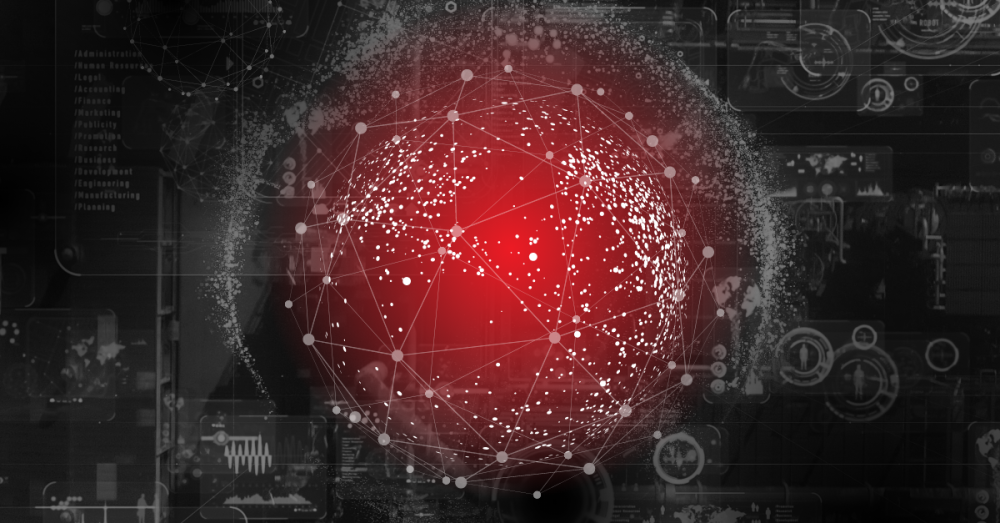Open source intelligence (OSINT) is a critical tool for corporations and governments alike. The amount of public information and data is growing exponentially every day – every organization and team needs the tools to gain an information advantage to enhance decision-making processes and mitigate risks. Publicly available information (PAI), open source data, and third-party data integrators can be sourced from numerous platforms, including social media, news outlets, and public records. The result of synthesized data and information is open source intelligence, or OSINT.
The Importance of OSINT for Businesses
Open source intelligence is increasingly important for businesses for a variety of reasons, including:
- Enhancing Situational Awareness – OSINT plays a vital part in improving situational awareness by providing a comprehensive view of the current environment. Monitoring real-time data from various sources, organizations stay informed about ongoing events and emerging trends, allowing them to respond proactively to potential threats, mitigate risks or capitalize on opportunities.
- Support Decision-Making – Effective decision-making relies on accurate and timely information. OSINT provides decision-makers with a wealth of data, which enables them to make more informed choices based on the latest available information, including near-real time feeds. This is particularly valuable in dynamic sectors such as finance, security, and emergency management.
- Risk Management and Threat Assessment – OSINT is instrumental in identifying and assessing risks. By analyzing data from diverse sources, organizations can detect potential threats, evaluate their impact, and develop strategies to mitigate them. A proactive risk management approach helps protect assets and ensure operational continuity.

How Can Businesses Use OSINT?
The value of OSINT can be utilized across many business functions, we’ve seen OSINT used effectively across:
Cybersecurity
OSINT identifies vulnerabilities, monitors threat actors, and gathers intelligence on cyber threats. Security professionals can anticipate and counteract potential cyberattacks by analyzing data from hacker forums, social media, and other open sources.
Business Intelligence
Businesses can leverage OSINT to gain insights into their competitors’ strategies, customer preferences, and market trends. Companies can use this information to stay ahead of the competition by adapting their strategies based on real-time market intelligence.
Fraud Detection
OSINT is also a powerful tool for detecting and preventing fraud. By analyzing publicly available data, organizations can identify suspicious activities, verify identities, and uncover fraudulent claims or behavior, thereby protecting their interests and maintaining trust.
Crisis Management
During crises, timely information is crucial for effective response and recovery. OSINT provides real-time data on the situation, helping organizations coordinate their efforts, allocate resources efficiently, and communicate effectively with stakeholders.
Benefits of Implementing OSINT for Businesses
Organizations can gather valuable, tailored intelligence from real time, publicly available sources without incurring significant time or resource expense t. Any organization can leverage OSINT to enhance its operations and decision-making processes to their specific needs, whether a small business or a large enterprise. Accessing real-time information and knowing and educating your teams on where your targets are active is key in this rapidly changing (social media) landscape. Different regions and thus languages have different popular (re)sources that an investigator must be able to find and track so having accessible and scalable data in one secure environment is a significant benefit of OSINT. By continuously monitoring open sources, organizations can stay up-to-date on the latest developments, enabling them to respond swiftly to changing circumstances.
What Are the Challenges and Considerations of OSINT?
One of the primary challenges of OSINT is the sheer volume of data available. Sifting through extensive amounts of information and data to identify relevant and actionable intelligence can be overwhelming and time-consuming. Additionally, it’s extremely important that ethical and legal considerations guide the use of OSINT. Organizations must ensure that their intelligence-gathering activities comply with applicable laws and respect individuals’ privacy rights to avoid potential legal issues. Ensuring the accuracy, reliability and procurement of publicly available information that makes up OSINT is crucial. Since the data is sourced from open, or public, sources, there is a risk of encountering false or misleading information. Verification processes must be in place to validate the data and ensure its credibility.
Best Practices for OSINT Integration in Organizations
An effective OSINT strategy begins with defining clear objectives and identifying the specific needs of the organization. This involves setting up data collection, analysis, and dissemination processes to ensure that the intelligence gathered is actionable and aligned with organizational goals.
Leveraging advanced tools and technologies is essential for effective OSINT. Various software and platforms are available to automate data collection, enhance analysis, and streamline the overall OSINT process, making it more efficient and effective.
Investing in employee training and skill development is crucial for maximizing the benefits of OSINT. Organizations should provide their teams with the necessary training to understand OSINT methodologies, apply critical thinking, use relevant tools, and adhere to ethical and legal standards.
What Does OSINT’s Future Look Like?
Technological advancements are set to revolutionize OSINT. Growing technologies such as cloud computing are enhancing the speed of collection and analysis, enabling more sophisticated OSINT results. Moreover, machine learning (ML), and generative artificial intelligence (AI), play an increasingly significant role in collection and, in the future, analysis of OSINT. These technologies can automate data processing, identify patterns, and generate insights with greater accuracy and speed, transforming the way organizations leverage open-source data. While there will likely always be a need for human analysis and intelligence, AI and ML offer exciting ways to innovate throughout the collection and analysis process.

